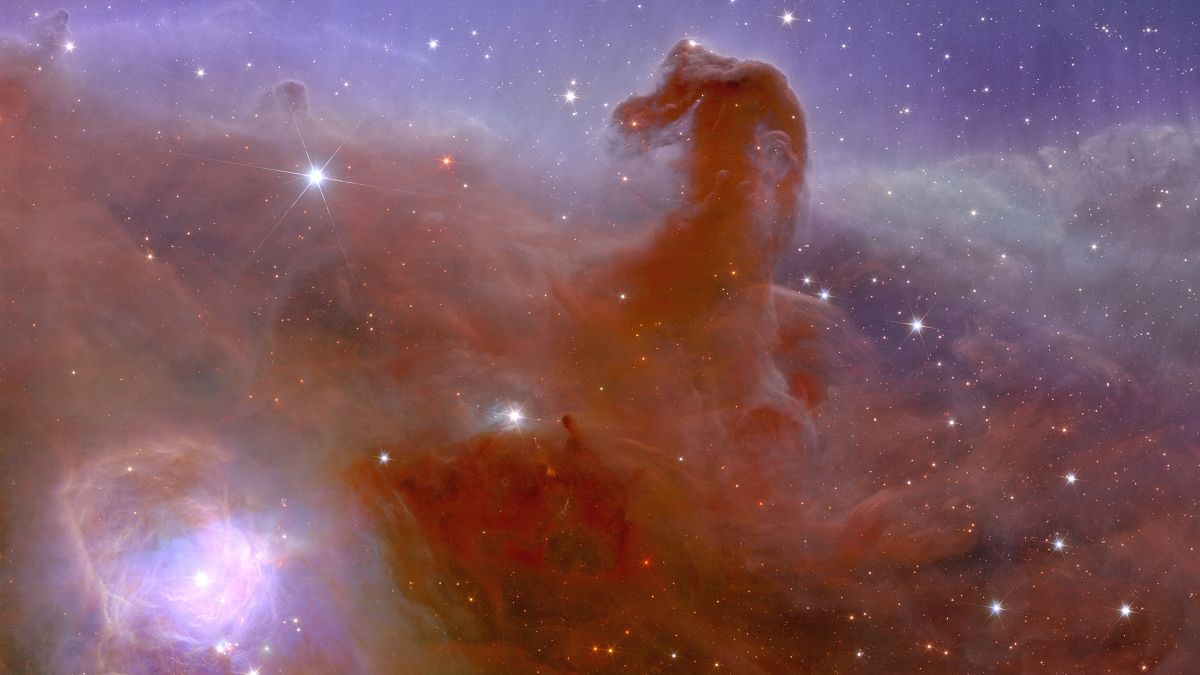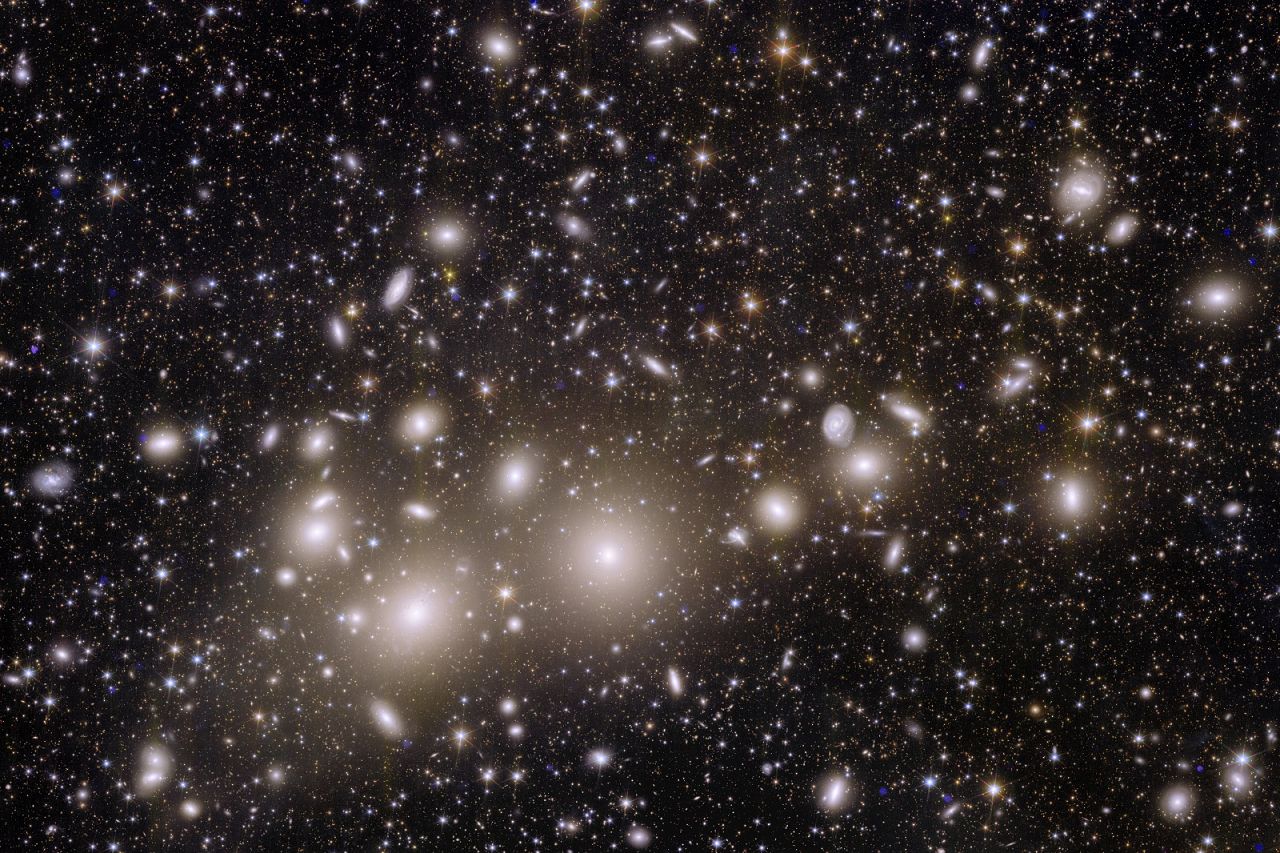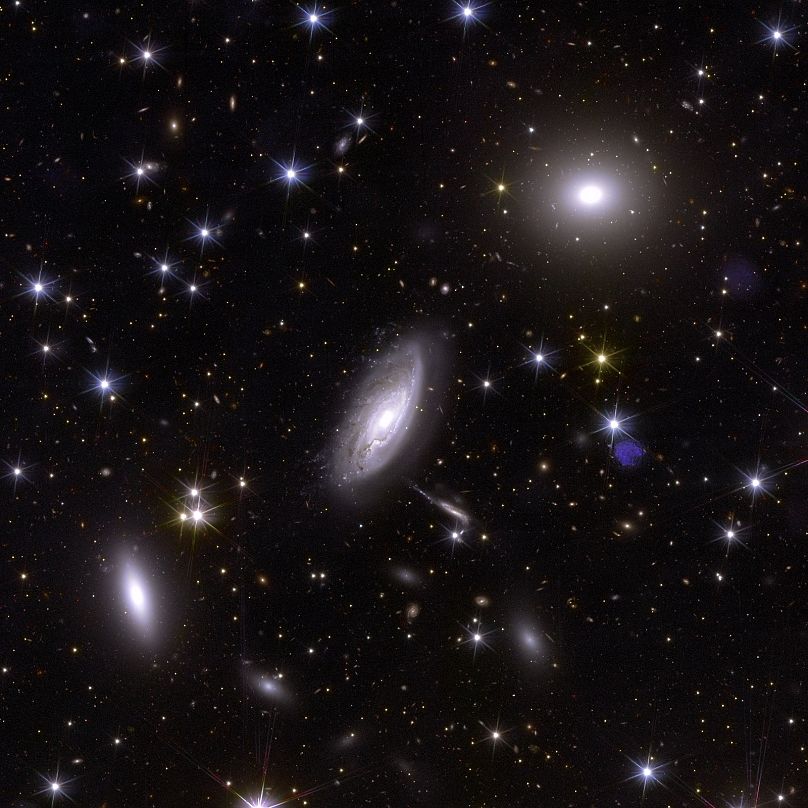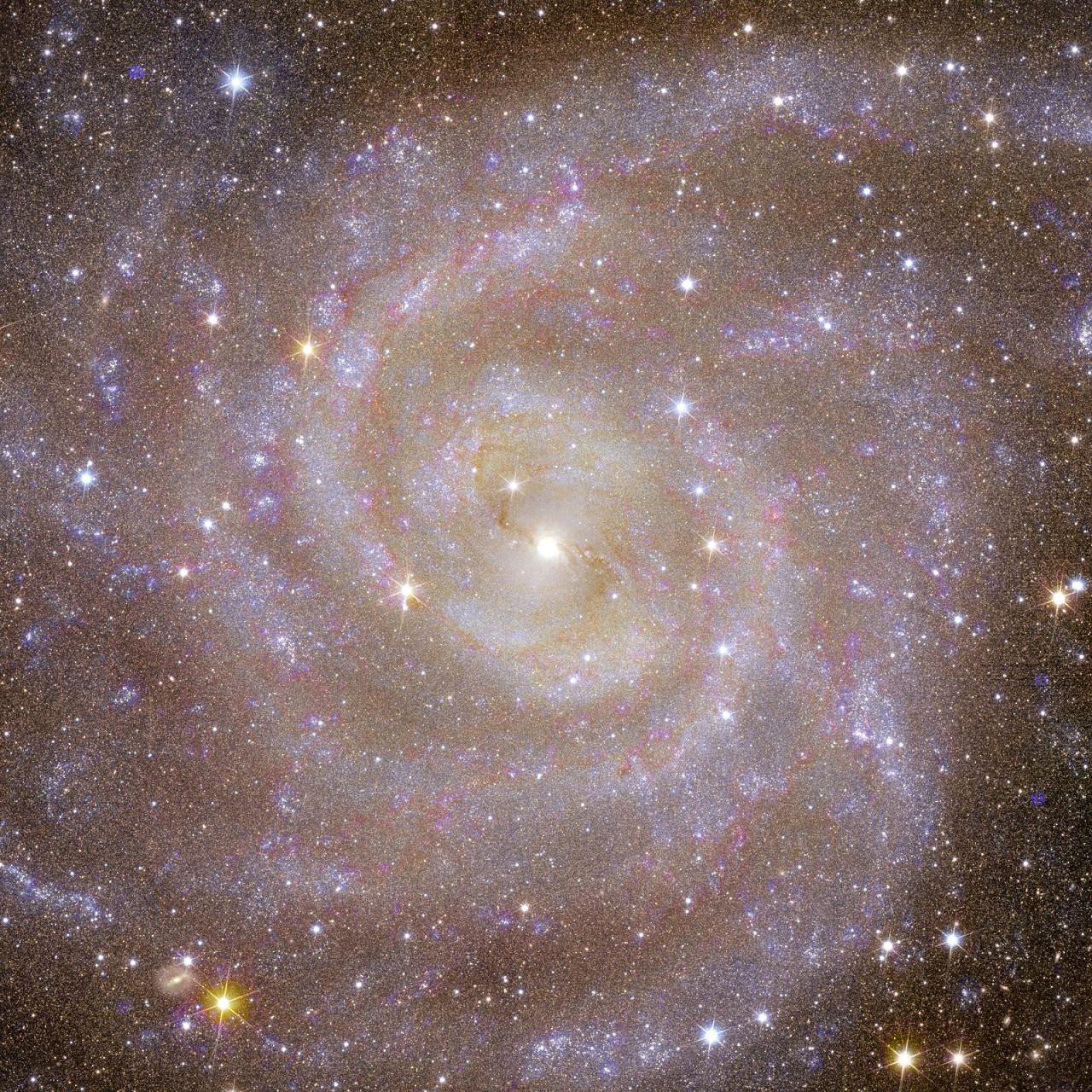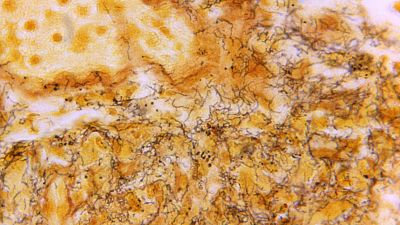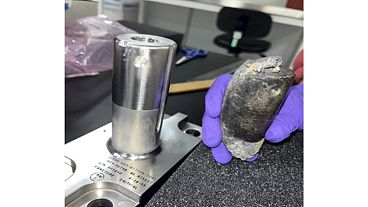Euclid telescope: ESA's 'dark universe' mission sends back stunning first images of distant galaxies
In newly released images from its Euclid telescope, the European Space Agency (ESA) has offered a glimpse of never-seen-before distant galaxies.
The European Space Agency (ESA) unveiled the first stunning images from its deep space telescope Euclid on Tuesday.
The full-colour photos offer the clearest glimpse yet of the cosmos, as the telescope continues its mission to unlock the mysteries of the furthest reaches of space known as the "dark universe".
The Euclid telescope was launched in July onboard a SpaceX rocket from Cape Canaveral in the US on a 6-year mission to explore an area of space 1.5 million km away.
It took a month to reach its destination and has now begun sending its discoveries back to Earth as it continues to investigate how dark matter and dark energy influenced the way our universe looks today.
"Dark matter pulls galaxies together and causes them to spin more rapidly than visible matter alone can account for; dark energy is driving the accelerated expansion of the universe. Euclid will for the first time allow cosmologists to study these competing dark mysteries together," ESA Director of Science, Professor Carole Mundell, said.
"Euclid will make a leap in our understanding of the cosmos as a whole, and these exquisite Euclid images show that the mission is ready to help answer one of the greatest mysteries of modern physics".
What is Euclid's mission?
Observing the shapes, distances, and motions of billions of galaxies 10 billion light-years away using infrared sensors, the team behind Euclid hopes to create the largest cosmic 3D map ever made.
Named after Euclid, the ancient Greek mathematician, the telescope will scour billions of galaxies covering more than one-third of the sky.
Euclid's infrared detectors - contributed by the US space agency NASA (which will also launch its own telescope called Roman in 2027) - enable it to create a remarkably clear image across a huge swathe of the sky in just one sitting.
The newly released images have allowed the team to zoom in on previously unseen distant galaxies in sharp focus.
"We have never seen astronomical images like this before, containing so much detail. They are even more beautiful and sharp than we could have hoped for, showing us many previously unseen features in well-known areas of the nearby universe. Now we are ready to observe billions of galaxies, and study their evolution over cosmic time," Rene Laureijs, the mission’s lead scientist, said in a statement.
"Our high standards for this telescope paid off: that there is so much detail in these images, is all thanks to a special optical design, perfect manufacturing, and assembly of telescope and instruments, and extremely accurate pointing and temperature control," Euclid Project Manager, Giuseppe Racca, added.
What can be seen in the images?
For the first time, scientists have been able to distinguish many faint galaxies that had been previously unseen.
One of the most staggering images is of the 1,000 galaxies belonging to the Perseus Cluster, and the more than 100,000 additional galaxies further away in the background.
Some of the galaxies now visible in minute detail thanks to Euclid’s images are so distant that their light has taken 10 billion years to reach us.
Scientists believe that galaxy clusters like Perseus can only have formed if dark matter is present in the universe.
Euclid will continue to observe numerous galaxy clusters like Perseus, revealing the "dark" element that holds them together.
One of the first galaxies Euclid observed is the aptly named the "Hidden Galaxy," also known as IC 342 or Caldwell 5.
Similar in appearance to our own Milky Way, Euclid has been able to unlock vital information about the stars in this galaxy using its infrared detectors.
